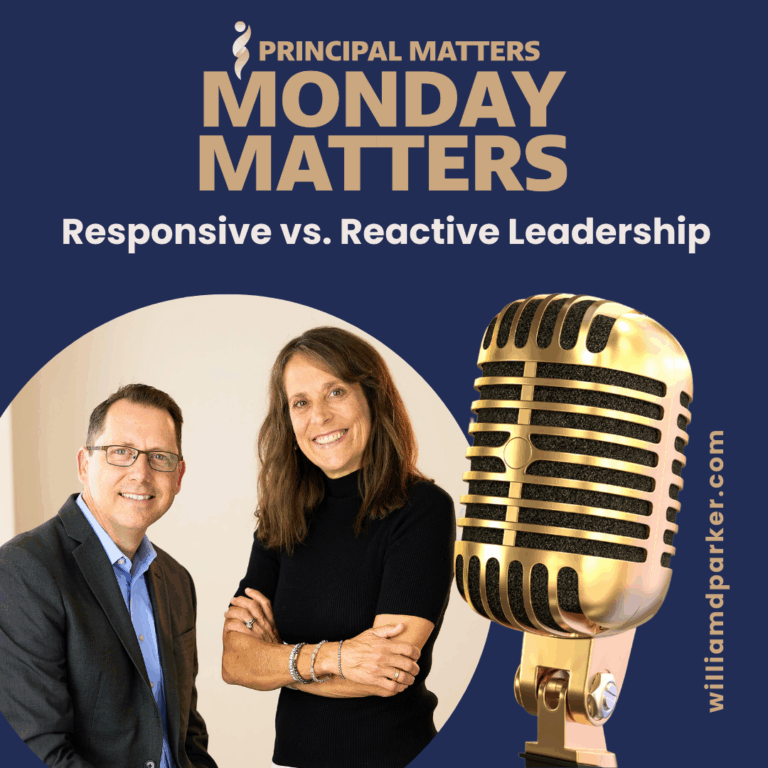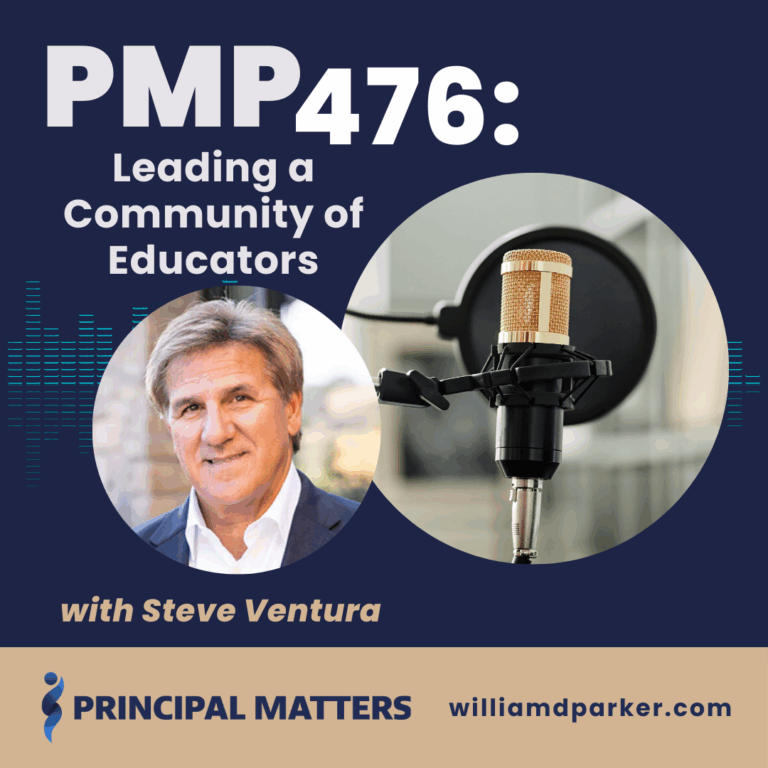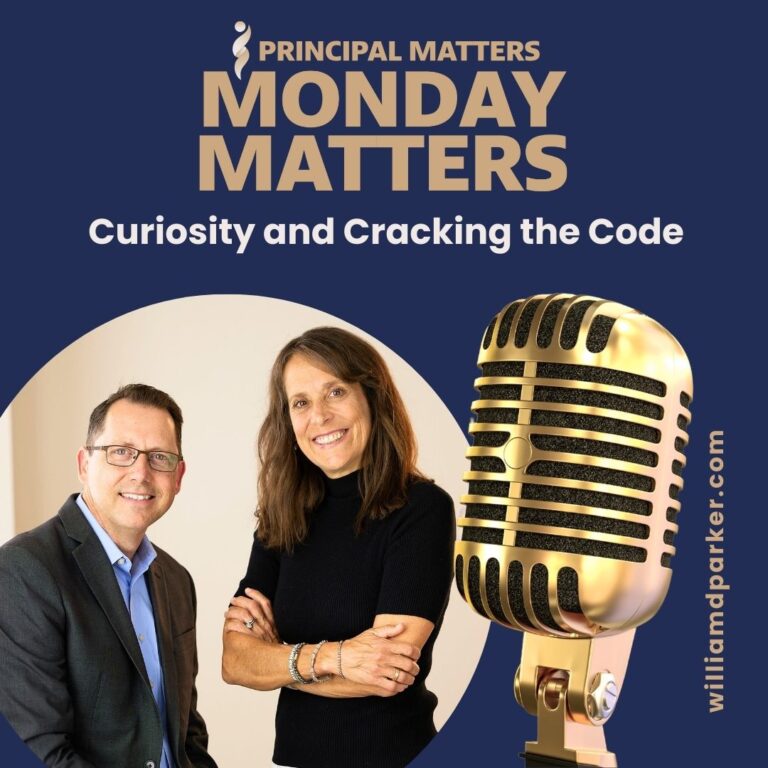Podcast: Play in new window | Download
A few years ago, I sat in a gymnasium with bleachers filled with middle schoolers while I watched high school student Jesse Haynes, one of my own Skiatook seniors at the time, share about his new novel he published that year.
“This is one of my teammates and me after winning our first tournament of the year,” he said, as he scrolled through a Powerpoint presentation of himself playing basketball. Then he showed a photo of himself with his dog, and another one of himself sitting in his favorite chair at home where he wrote his first book.
Jesse was one of those students who didn’t need much encouragement to pursue his dreams or creative ideas. And he enjoyed sharing them with others. In fact, he possessed a rare gift. He believed that he could accomplish whatever he was willing to take action toward achieving. And that was his message for that gym full of middle school students.
One day, Jesse was visiting my office as we talked his plans for college. I asked him how he was keeping track of his readers and students who followed him on social media. “I haven’t thought about it,” he told me. “Do you have any suggestions?” I pointed Jesse toward some websites and resources I had found helpful for blogging, subscription email and podcasting. This began a series of conversations that has continued even after graduation.
Soon Jesse began experimenting with podcasting. When he shared his ideas with one of his communication professors, he suggested that Jesse start an independent study the next semester by creating a podcast as a class project. In response, Jesse wrote a drama series called The Others that has been downloaded more than 2 million times. He second podcast drama, Mazie Meadows Morning Show, has already seen more than 1.5 million downloads.
As I think about Jesse and students like him, I’m reminded of quote by Maya Angelou. She once said, “We are all creative, but by the time we are three or four years old someone has knocked creativity out of us. Some people shut up the kids who start to tell stories. Kids dance in their cribs, but someone will insist they sit still. By the time the creative people are ten or twelve, they want to be like everyone else.”
A Traveler’s Podcast
Let me tell you another story of creativity. A few months ago, I was on a road trip with my son Jack who is twelve years-old. We were heading to see my mom and dad who live in West Tennessee, nine hours away from our home in Oklahoma. It was a long drive and we had downloaded an audio-version of Tom Sawyer to pass the time.
About half way through the trip, we were getting stir crazy. So I turned off the story and said, “Hey, do you want to record a podcast?” Jack pulled out my laptop and plugged in my microphone. I coached him on how to cue a new recording using GarageBand, and he tapped the record button. Because we were heading to Tennessee, we decided we would narrate using our best southern accents.
For the next few minutes, we started our first “Traveler’s Podcast” – describing the scenery, talking about his first experience eating a Big Mac, and bragging about how I make the best burgers. Then something magical happened.
Suddenly, we pretended we saw something large and dark fly over the car. For the next twenty minutes or so, we instinctively moved into the realm of imagination. We switched the recording off and on again as we shared ideas on how to build the story. We described large winged creatures, listened to “reports on the news” about invasions of space-like-bat-creatures from outer space, and “interviewed” NASA scientists who were tracking them across the globe. We had a blast making the episode together.
Later when I listened back to the recording, it was obvious that we were a bit road-weary. But we had also created a fun memory together. On a whim, I decided to share the recording with a friend of mine who is great at editing and sound effects, and he sent the recording back as a final version that made the episode even more entertaining.
Cultivating Cultures of Creativity
As I was thinking about that funny recording with Jack, I began asking myself: How often are we willing to model the kind of creativity and risk-taking we want to see in our children or our students?
When I was in classroom as an English teacher, I had the privilege of teaching creative writing as an elective course. As I taught students how to brainstorm ideas for short stories, one-acts, or poetry, I made it goal to write along with them. We built a time of sharing into every project so we could read our stories or poems aloud to one another. Frankly, I was willing to be the first risk-taker so that my students felt comfortable taking risks with their writing too.
I know that not every subject in school lends itself to creative expression. But I believe we owe it to our students to provide them both the structure required for learning essential standards as well as giving them outlets for expressing their learning. And the past few years have opened possibilities for creativity using technology that we have never had before.
Innovation, Design, and Production
Last week, for instance, I visited a classroom at an area career technology center where a student showed me a wooden puzzle set he had created from a design he had first drawn with graphing paper and colored pencil. He had taken exact measurements and used a scroll saw to cut the pieces into his own puzzle cube that he painted. He designed a cardboard box with his own logos and images as a part of the final project.
This high school junior plans to study engineering when he goes to college. And he’s already learning how to use software, design projects, and manufacture his own products. He has a wonderful instructor who has built an environment and curriculum where students design and create.
Try a Genius Hour
How are you encouraging your teachers and students to take risks, practice creativity, and connect imagination with learning? Students should not have to wait for a class elective like art, music or sports to engage in innovation or creativity. Many teachers, for example, are introducing activities called Genius Hours into their curriculum.
The idea for Genius Hour came from the working culture at Google, where employees are allowed to use 20% of their time to pursue creative projects. The company culture believes when you work on personal creativity, you enhance work on company projects. In a Genius Hour, at school a teacher builds time for students to explore ideas, work on creative design, or collaborate on solutions. You can check out this great education movement at GeniusHour.com.
Let’s Wrap This Up
Since he began college, my former student Jesse has published two more novels in addition to keeping up with his degree coursework. He is building a resume of products and developing an arsenal of digital tools, marketing experiences, and collaborative relationships.
What’s the takeaway for school leaders? We have an amazing opportunity to encourage creativity and innovation among our teachers and students. But that initiative first begins with those of us who are leading them. Schools cannot be places that “knock the creativity” out of others. If we’re going to encourage cultures of innovation and risk-taking, we must be willing to try first.
Now It’s Your Turn
Are you willing to try new ideas? Are you willing to give teachers permission to experiment even if they may experience failure along the way? Think about one way you can encourage your teachers or students in taking risks and practicing creativity.
A Bonus Track
You may be interested to know that when I finished editing the “Traveler’s Podcast” with my son Jack, I asked him what he thought about me sharing it with my readers and listeners. At first, he said, “No, that would be embarrassing.”
I told him I would respect his wishes, but I also told him I thought it’s not a bad thing to show others you’re not afraid to demonstrates your willingness to be creative or try something new. A few days later, while we were driving to the store together, he said, “If you want to share that podcast, you have my permission now.”
If you’re interested in checking it out, I’ve included the recording of my “Traveler’s Podcast” at the end of the podcast. Please don’t judge me too harshly for my silliness. Instead, I’d like to invite you to remember Maya Angelou’s quote and then smile along knowing that we can all choose to keep the childlikeness in learning and life.
Sign-Up For Free Updates and Ebook
When you enter your email address here, you will automatically receive my newest posts and a free Ebook, 8 Hats: Essential Roles for School Leaders. Let’s keep learning together!
Principal Matters–The Book!
School leaders are very busy, so each of the twenty-four chapters is designed as a quick-read and followed with take-action questions for follow-up or reflection. If you want practical ideas on understanding your purpose, managing school teams, dealing with challenges, and leading with courage, action, motivation, and teamwork, go HERE to pick up a copy for you or your team.




